Recommendation points
- What problems does the adjustable floor solve?
- Installation of the lag system on metal brackets
- Bolt-on adjustable floor installation
- Rough coating device
Installing an adjustable floor is a quick, economical and fairly simple process to create a rough floor covering with a perfectly flat surface. This article will introduce you to the new technology, tell you about the types of adjustable floors, the scope and the installation process..
What problems does the adjustable floor solve?
Adjustable joists are a technology for creating an exceptionally light floor according to the dry repair methodology, therefore, their main field of application is high-rise buildings and old buildings, where an increase in the load on the floors is fraught with trouble. The technology is especially relevant if it is necessary to raise the floor level by 120 mm or more, which a dry screed cannot cope with.
In terms of environmental friendliness and practicality, a properly mounted floor meets the characteristics of a stationary log system. Sound insulation of such a floor is quite good, heat transfer to the lower floors is minimal due to the reduction of cold bridges. The space between the lags is completely ventilated, so mold and mildew do not start in the floor filler.
Another feature of such a floor is the possibility of arranging a perfectly even coating under tiles or self-leveling floors in the shortest possible time – 7-8 m2 for one hour of work of two people and up to 3 m2 when working alone.
Installation of the lag system on metal brackets
If you need to lay the floor in a small room, it is better not to use the original technology. Firstly, this is an unjustifiably long search for components, and secondly, it is better to lay the floor on adjustable logs on an area of more than 6 m2, in smaller spaces, the time and cost savings are not as significant. Instead, you can use the installation of lags on metal brackets..
For laying, a 60×60 mm timber with a moisture content of no more than 10% is required without traces of defects and warpage. It is also necessary to purchase or manufacture metal U-shaped brackets with a wall thickness of at least 2.5 mm and a distance between the shelves corresponding to the thickness of the timber. Each shelf at a distance of 30 mm from the end should have a hole with a diameter of 11 mm.
On the floor, mark with lines along which you plan to install the log. Lay the first log along a long wall with an indent of 20 cm, all subsequent ones – in increments of 40 cm. To join a log of one row, use two brackets installed in a row. Install all the brackets along the marking lines and fix each to the concrete with two 6×60 quick-mount dowels with a “mushroom” side.
When all the brackets are installed, set the row of logs on the horizontal level from the wall, placing trim bars and chips under them. At the highest section of the overlap, the timber should protrude 3-5 mm above the bracket. Through the perforations in the shelves of the bracket, secure the timber with two self-tapping screws on both sides.
Using lacing or a laser level, transfer the level of the first row to the last one, level the bars and temporarily fix them in the brackets with self-tapping screws. Stretch the lacing or use the laser adjustment on the target to line up any other lags. After temporarily fixing the lags, drill them with a 12 mm drill through the holes in the brackets, insert the bolts and tighten them with a self-locking nut.
Bolt-on adjustable floor installation
To install the floor using the original technology, it is necessary to purchase plastic bolt-posts 100 or 150 mm long and metal dowel-nails 6×40 mm in the amount of about 5-6 pcs. by one m2 floor. Special logs with holes and threads can be replaced with a regular 50×50 mm timber with a moisture content of up to 10%, but you will need a wood drill and a machine tap with a diameter of 24 mm with a pitch of 3 mm.
The markup for installing a lag begins from a baseline, which has an indent from the wall equal to the length of the plywood sheet. In rooms with normal traffic, the extreme logs should be 15 cm away from the wall, the step between the rest of the logs is 40–45 cm. If the floor load is higher than usual, the distance from the walls will be less than 10 cm, and the installation step – up to 30 cm.
Prepare the beams: drill holes in them strictly perpendicular to the surface, 10 cm from the edges, then evenly distribute the remaining holes along the length so that the distance between them is no more than 40-50 cm. Use a tap to cut the threads in the holes and tighten the bolt-posts into them. When screwing in the struts, pre-adjust their length in accordance with the lifting height. Use a hex wrench to screw in the stud bolts.
Install the bars along the marking lines, orienting the posts with the hex holes up. The ends of the logs should be 10 cm from the wall. Make a preliminary adjustment with an allowable error of 1 cm, bringing the logs to the design height. Mark the drilling locations through the hole inside the bolt-post with a long drill, then move the logs and make 6 mm holes in the concrete floor to a depth of 50 mm.
First, fix the extreme lag posts: lower the dowel-nail into the hole and wedge it using a hammer and a metal rod or drill from a perforator. Rotating the fixed posts, precisely level the logs using lacing or laser marking. Twist the center posts until they touch the floor and secure them with dowel nails. Make the final floor adjustment using a building level that covers at least three joists. Lags are allowed to be spliced into the end with a half-tree undercut to a length of up to 5 cm and then fastened with an M10 bolt.
Rough coating device
When the logs are installed, and the space between them is filled with insulation, the covering is laid. To create a solid and even surface, it is necessary to lay two layers of moisture-resistant plywood with a thickness of 12 mm or more on the logs.
The first layer is laid with the long side across the log and is attached to the bars with 55 mm self-tapping screws. The step of fastening the screws is 15–17 cm at the edges and 20–25 cm in the center of the sheet. Screw the fasteners no closer than 15 mm from the end of the plywood and flush the caps.
The second row of the first layer begins by trimming half of the sheet to provide a half distance between the joints. The thickness of the joints should not exceed 2–3 mm, and the distance from the walls should not exceed 15 mm. When the first ply of plywood is laid, mark the joists on the surface.
Lay the sheets of the second layer perpendicular to the sheets of the first. If necessary, trim the floor elements so that the distance between the joints in the first and second layers is at least 20 cm.Fix the sheets together with 35 mm self-tapping screws, at least 30 pieces per 1 m2 with an installation step along the edge of 30 cm.Fix the second layer to the logs with 65 mm self-tapping screws in at least 15 places per 1 m2. Allowable joint gap in the second layer – 4 mm, distance from walls – no more than 6 mm.
After installing the second layer of plywood, dust and sawdust must be removed from the surface of the sheets, then two layers of adhesive primer must be applied, regardless of what the flooring will be. The gaps between the plates and from the walls must be filled with polyurethane foam, or better with silicone sealant. On top of the floor on adjustable joists, you can lay any type of flooring and even perform a preparatory screed.


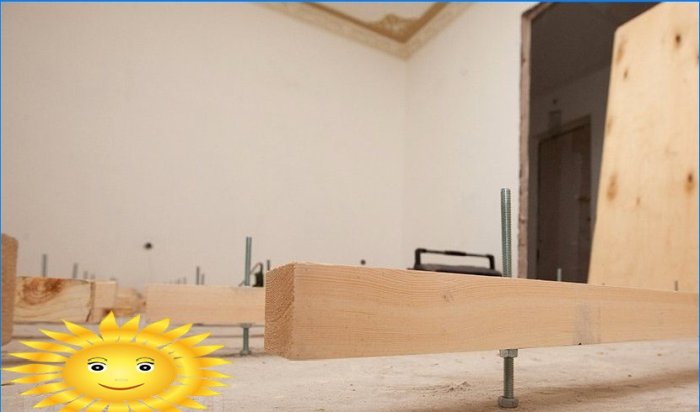
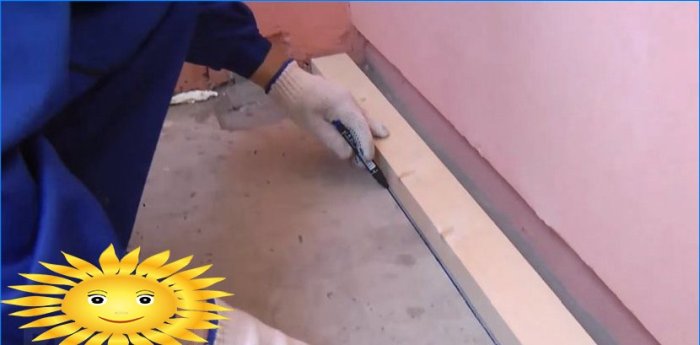
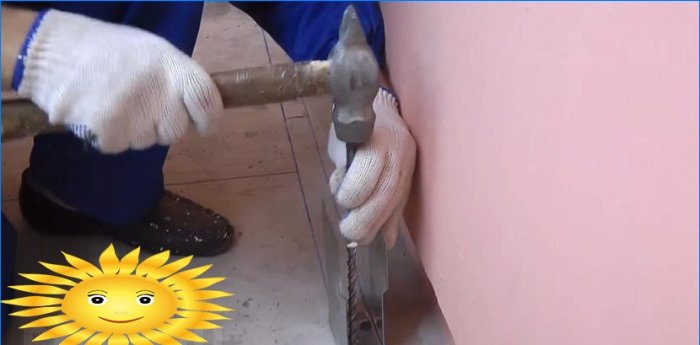
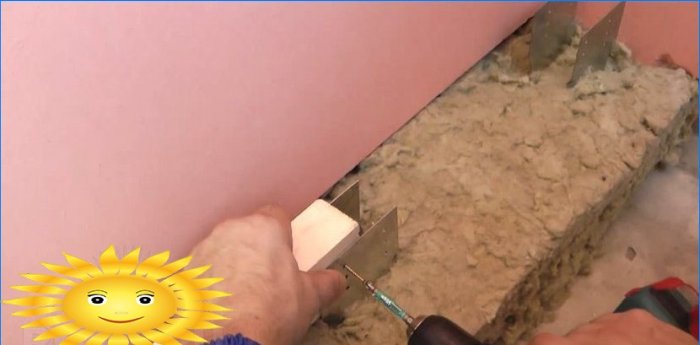
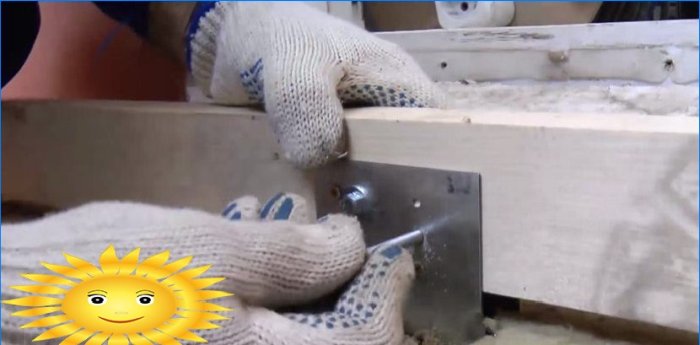
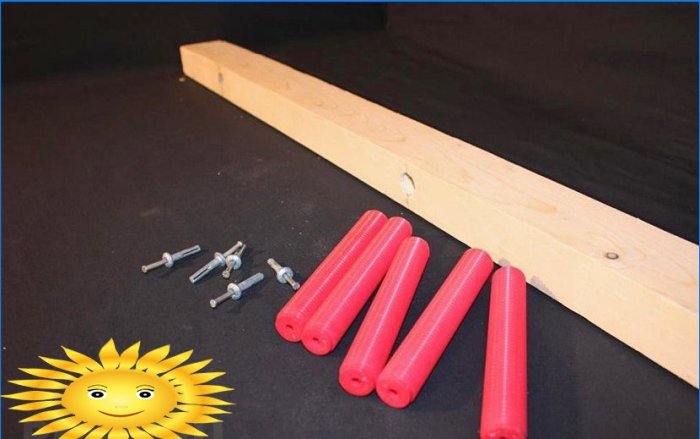
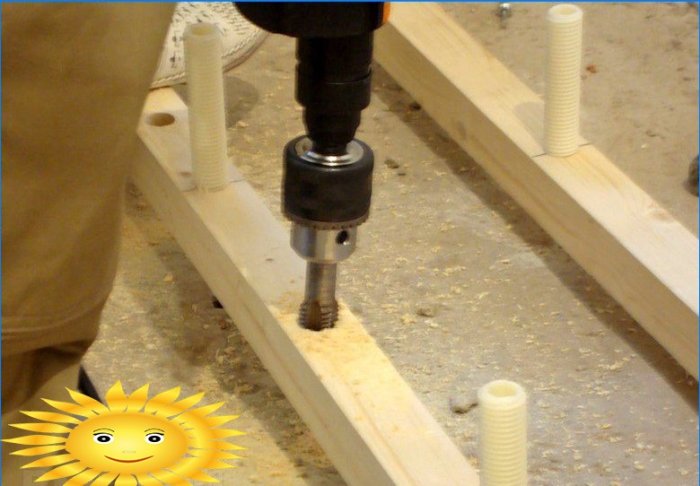
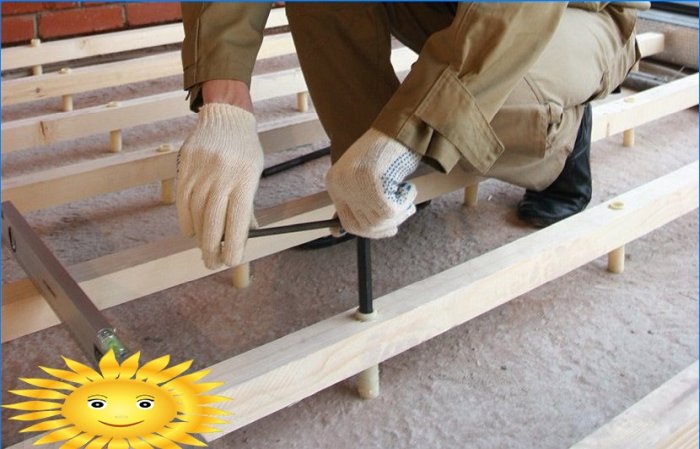

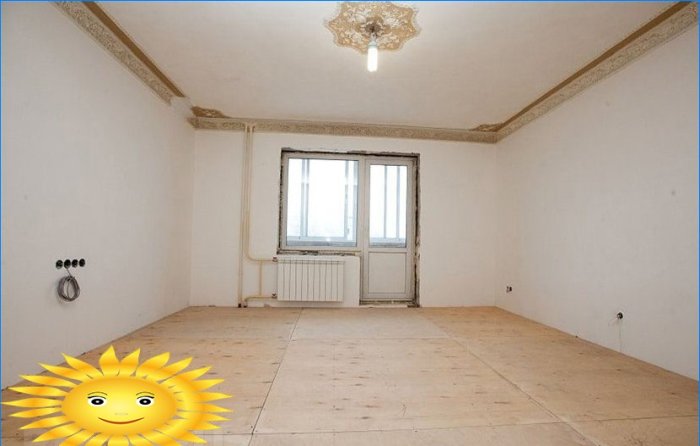
Can you provide step-by-step instructions or a detailed guide on how to construct a flat floor using adjustable logs? I’m interested in doing it myself and would appreciate any advice or tips you can share. Thank you!
I’m curious to know, what are the steps involved in making a flat floor on adjustable logs? Are there any specific materials or tools required? And how proficient in woodworking do you need to be in order to successfully complete this project?
“Could you please provide detailed instructions or a step-by-step guide on how to create a flat floor using adjustable logs? I’m intrigued but unsure where to start, and having your expertise would be immensely helpful. Thank you in advance for your assistance!”